Uncategorized
-
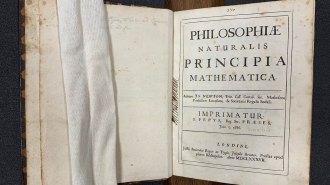 Physics
PhysicsNewton’s groundbreaking Principia may have been more popular than previously thought
A search has uncovered over 300 copies of Isaac Newton’s famous 17th century book, the Principia, revealing a broader readership than assumed.
-
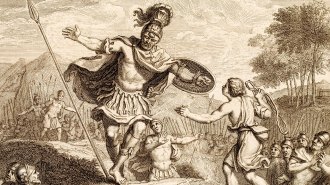 Archaeology
ArchaeologyThe biblical warrior Goliath may not have been so giant after all
Archaeological finds suggest the width of the walls of Goliath’s home city were used to metaphorically represent the Old Testament figure’s height.
By Bruce Bower -
 Health & Medicine
Health & MedicineHere’s why COVID-19 vaccines like Pfizer’s need to be kept so cold
Both Pfizer and Moderna built their vaccines on RNA. Freezing them keeps their fragile components from breaking down.
-
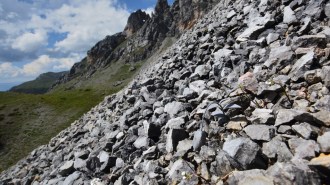 Plants
PlantsThese plants seem like they’re trying to hide from people
A plant used in traditional Chinese medicine has evolved remarkable camouflage in areas with intense harvesting pressure, a study suggests.
-
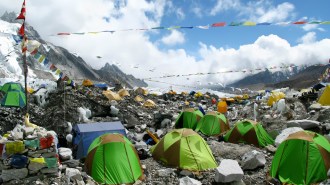 Environment
EnvironmentPlastics are showing up in the world’s most remote places, including Mount Everest
From the snow on Mount Everest to the guts of critters in the Mariana Trench, tiny fragments called microplastics are almost everywhere.
-
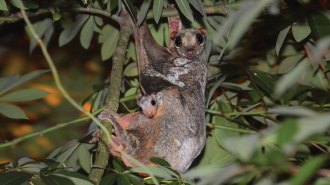 Animals
AnimalsOn a cool night in Malaysia, scientists track mysterious colugos across the treetops
Our reporter tags along for nighttime observations of these elusive gliding mammals.
By Yao-Hua Law -
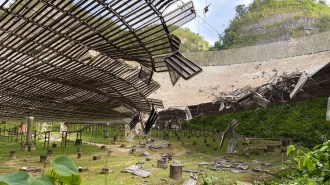 Astronomy
AstronomyArecibo Observatory, an ‘icon of Puerto Rican science,’ will be demolished
The telescope, known for cameos in moves like Contact and for fast radio burst observations, was feared to be on the verge of collapse.
-
 Physics
PhysicsSupercooled water has been caught morphing between two forms
A new experiment used ultrafast techniques to reveal high-density water transforming into low-density water at subfreezing temperatures.
-
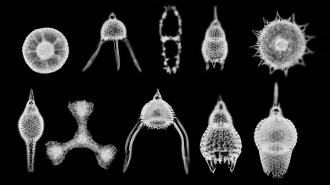 Earth
Earth50 years ago, scientists named Earth’s magnetic field as a suspect in extinctions
In 1970, researchers saw a link between magnetic pole reversals and extinctions. Fifty years later, scientists have uncovered more suggestive examples but no strong evidence of a direct link.lamb
-
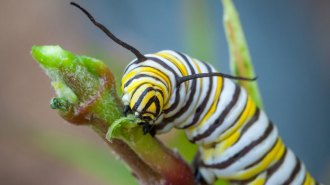 Life
LifeMonarch caterpillars head-butt each other to fight for scarce food
Video experiments show that monarch caterpillars turn aggressive when there’s not enough milkweed to go around.
-
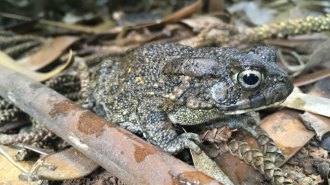 Animals
AnimalsGuttural toads shrank by a third after just 100 years on two islands
Introduced in the 1920s, toads on two islands in the Indian Ocean have shrunken limbs and bodies that may be evidence that "island dwarfism" can evolve quickly.
By Jake Buehler -
 Health & Medicine
Health & MedicineNew Pfizer results show its COVID-19 vaccine is nearly 95% effective
With final results – including showing its vaccine is 94 percent effective in the elderly – Pfizer is poised to request emergency use authorization.